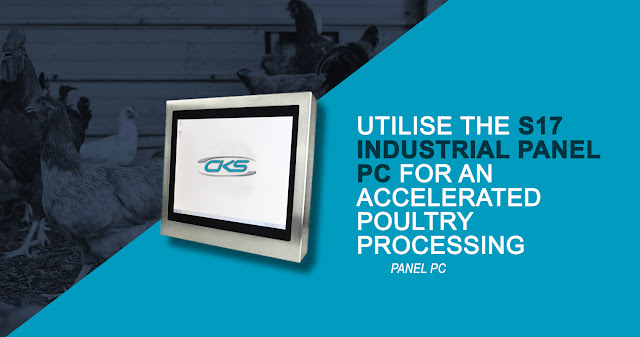Processor Specifications and Related Needs for Industrial Computers
Processor specification is a key question when purchasing an industrial computer; for some buyers, it is the only question. CPU performance is seen as key in demanding tasks and project roles, yet it can be a complex choice when selecting the right hardware from a plethora of processor generations and names. Here, we review some important considerations.
The processor options for your industrial computer
Intel is prominent in the marketplace, with processor code names such as Bay Trail, Cedarview, Haswell, Ivy Bridge and Sandy Bridge. These simply identify the latest generation and processor, as architectural features are updated.
The processing power of industrial computers
Dual and quad core processors are more powerful, with modern processor speeds between two and three GigaHertz. The latest fourth generation Haswell processors are designed to maximise processing power with hyper threading. Alternatively, relatively low-powered Atom processors have become more powerful in recent years, whilst the Bay Trail generation is now fitted in a wide range of systems.
What kind of processor should you use?
The processor is a key feature, yet should also be considered with the rest of the system specification including RAM and storage. Expert consultants can help to select the best option; over-specified systems can be costly if not uncommon mistakes. A top-specification CPU is not necessary for straightforward data acquisition, order processing or undemanding applications. In contrast, HD graphics or multi-application high-speed data will certainly require a high performance processor.
The influence of your processor to the motherboard
When specifying a system, it is important to check that the processors are compatible with the type of motherboard. Different types of processor sockets exist, and some motherboards have socket-free on-board processors.
The processor options for your industrial computer
Intel is prominent in the marketplace, with processor code names such as Bay Trail, Cedarview, Haswell, Ivy Bridge and Sandy Bridge. These simply identify the latest generation and processor, as architectural features are updated.
The processing power of industrial computers
Dual and quad core processors are more powerful, with modern processor speeds between two and three GigaHertz. The latest fourth generation Haswell processors are designed to maximise processing power with hyper threading. Alternatively, relatively low-powered Atom processors have become more powerful in recent years, whilst the Bay Trail generation is now fitted in a wide range of systems.
What kind of processor should you use?
The processor is a key feature, yet should also be considered with the rest of the system specification including RAM and storage. Expert consultants can help to select the best option; over-specified systems can be costly if not uncommon mistakes. A top-specification CPU is not necessary for straightforward data acquisition, order processing or undemanding applications. In contrast, HD graphics or multi-application high-speed data will certainly require a high performance processor.
The influence of your processor to the motherboard
When specifying a system, it is important to check that the processors are compatible with the type of motherboard. Different types of processor sockets exist, and some motherboards have socket-free on-board processors.

Comments
Post a Comment